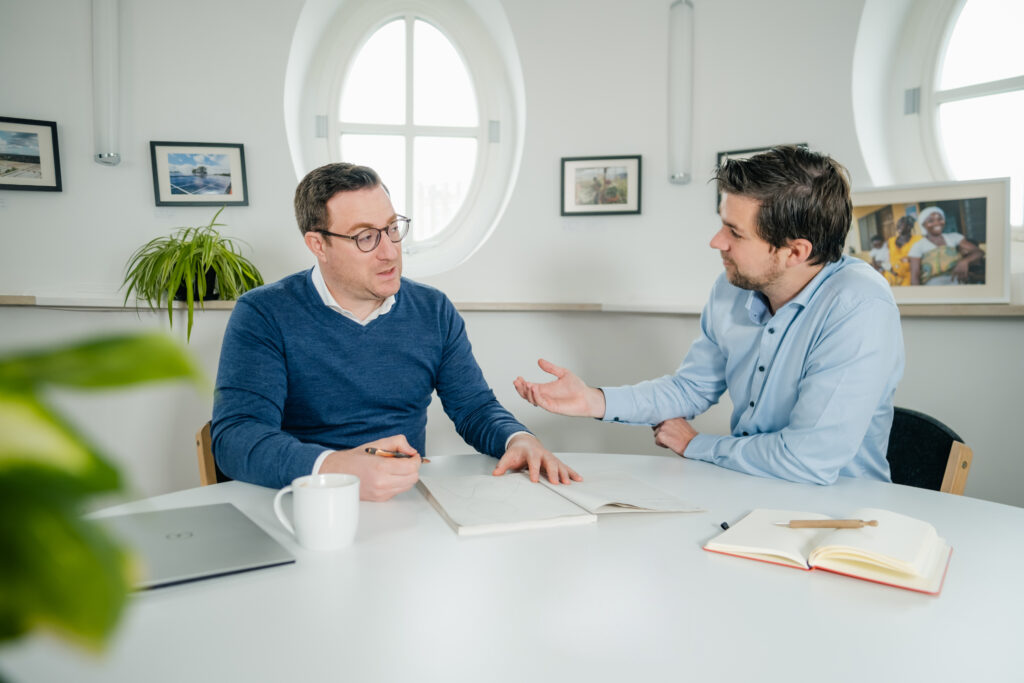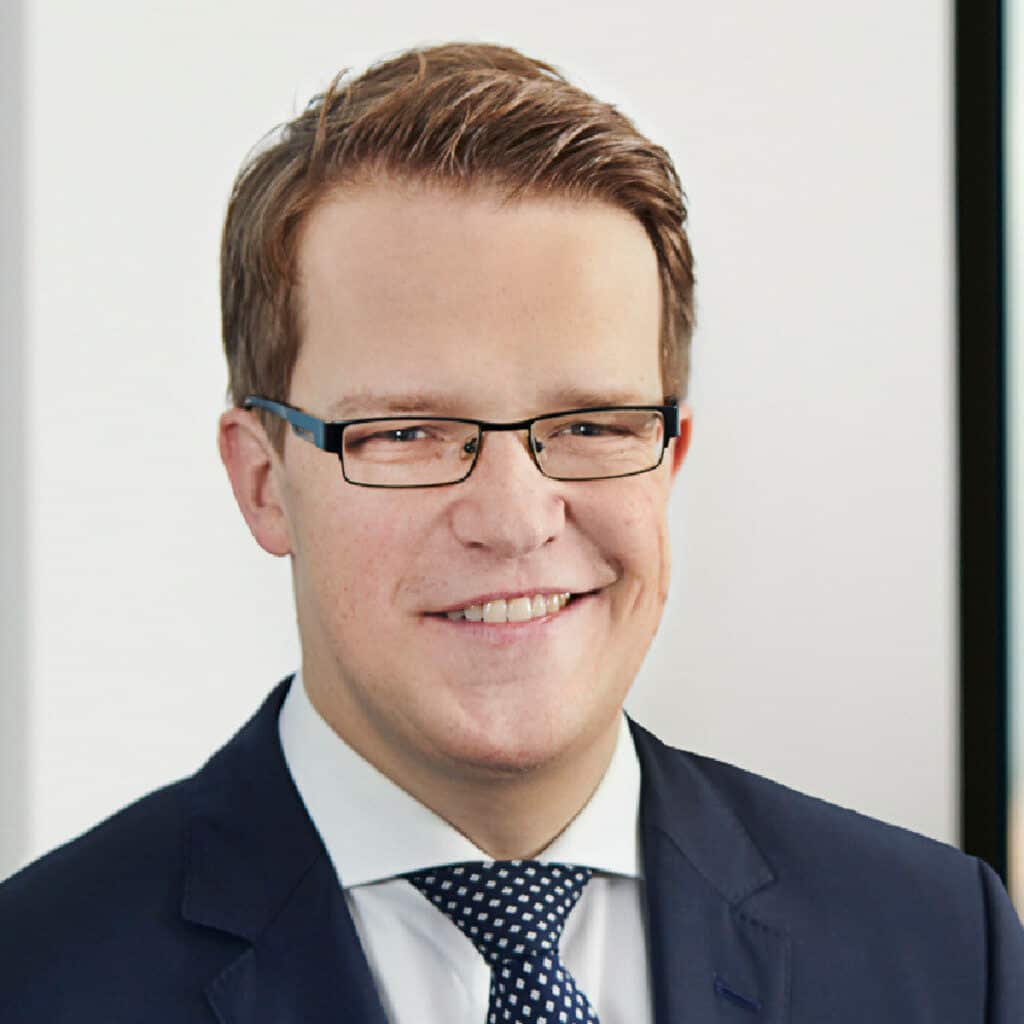Ask the CFO: All about the co-financing structure of ecoligo

On 12.04.2021, ecoligo’s CFO Markus Schwaninger answered questions from crowdinvestors about ecoligo’s new co-financing structure. In this new structure, which was applied for the first time in the 1.2 MWp solar plant – Kim Duc project, senior lenders take over part of the project financing. This is mainly done in order to be able to finance and thus realize projects even faster.
All questions from the crowd investors and the CFO’s answers can be found in the video. In addition, we have listed a summary of the most important questions and answers below.
To start with the most important thing:
Will all projects be designed according to the new structure from now on, or will there still be projects that are 100% crowd-funded?
We will continue to publish projects that are fully crowdfunded. Only the larger projects will implement the new co-financing structure. We are aiming for a balanced ratio of projects financed only by the crowd and with the help of senior lenders. We are currently in talks with institutional investors for portfolios in Vietnam, Kenya, and Ghana.
What criteria determine whether a project is included in the senior lender portfolio?
There are no specific hard criteria. There are a number of lenders such as development banks or impact funds. These collect money from companies and other donors, among others, which are set up as a fund structure and then passed on as loans. What they all have in common is that they are familiar with our markets and share similar values in terms of climate and development work, which is important for us.
In the event of a project default,will the institutional lenders be compensated only for their capital or also for loss of return?
Only for the capital. Specifically, for the amount we would still owe the institutional lenders at that time. Future interest is therefore not compensated,but the interest that has already accrued up to that point is. We cannot give any information about the amount of interest that will be offered to the institutional lenders
With what equity ratio are the projects to be carried out?
This component has not yet been finalized and is still being discussed with the institutional lenders. However, we expect an equity ratio of about 20%.
We can only publish this information once the contracts have been concluded. In the case of regular crowd-funded projects,100% of the project costs are financed via the crowd, as can always be seen from the respective profitability calculation
If significantly larger projects are now being financed, couldn’t individual companies per project be set up locally in order to reduce the project portfolio risk of the subordinated crowdinvestment creditors as a result?
With this method, the transaction costs for the financing and the administrative processes must be taken into account. Above a certain size of projects, it may well make sense to have one project owner, i.e. one project company, per project. For this to be the case, however, the projects would have to be a bit larger than they are at the moment in order to justify the financial and administrative effort. Secondly, there is the question of how feasible this strategy is in Germany at the moment.
In the structure that the legislator currently prescribes for our financial product, one would have to open a single company in Germany. This would mean two companies per project and thus double the transaction costs.
However, there will soon be a regulatory expansion within the framework of the European Service Provider Regime, which will take effect at the entire EU level and standardize crowdfunding regulations within the EU. In the course of this regulation, it will probably also be possible to build loss-sharing into an issuing company in Germany, which will then mean that this company does not bear any portfolio risk per se, but that it will still be possible to finance several projects from several companies on site within one company and thus ensure a clear separation of risk. This will make it possible to always bear only the individual risk for the large projects.
The regulation will come into force in November. We hope that the German legislator and the supervisory authority BaFin will prepare the legal basis accordingly by then so that we can get started with the license in time.
At the moment, projects are mainly on offer in Asia and Africa. Will there also be further offers in Latin America?
We currently expect Vietnam to remain our strongest market in 2021. We expect great growth in Ghana and Kenya. However, we are still sticking to our global company set-up. In addition to our location in Costa Rica, we have had an employee in Chile since the end of last year, so we can expect more projects in the South American region. We recently signed our first project in Panama. We also have our eye on Brazil, Colombia, and Mexico. We are always analysing new markets and working to further expand our global presence. So you can look forward to seeing which countries in the Sunbelt region will be added in the future.
Are you also interested in supporting climate protection with an investment?
Then subscribe to the newsletter or visit the project page where you will find all available projects – both those with the new co-financing structure and those that continue to be 100% crowd-funded.
Related Posts
ecoligo receives 11 million euros in capital for continued growth
Berlin, 28.02.2024 The impact firm ecoligo has successfully completed an oversubscribed financing round of 11 million euros. This infusion of capital was…


